 When building supply and demand models, the assumption is usually made that both producers and consumers act in a ‘rational’ way to achieve the best possible outcomes. As far as producers are concerned, this would mean attempting to maximise profit. As far as consumers are concerned, it would mean attempting to achieve the highest satisfaction (utility) from their limited budget. This involves a cost–benefit calculation, where people weigh up the costs and benefits of allocating their money between different goods and services.
When building supply and demand models, the assumption is usually made that both producers and consumers act in a ‘rational’ way to achieve the best possible outcomes. As far as producers are concerned, this would mean attempting to maximise profit. As far as consumers are concerned, it would mean attempting to achieve the highest satisfaction (utility) from their limited budget. This involves a cost–benefit calculation, where people weigh up the costs and benefits of allocating their money between different goods and services.
For consumers to act rationally, the following assumptions are made:
- Consumer choices are made independently. Their individual choices and preferences are not influenced by other people’s, nor do their choices and preferences impact on other people’s choices.
- The consumer’s preferences are consistent and fixed.
- Consumers have full information about the products available and alternatives to them.
- Given the information they have and the preferences they hold, consumers will then make an optimal choice.
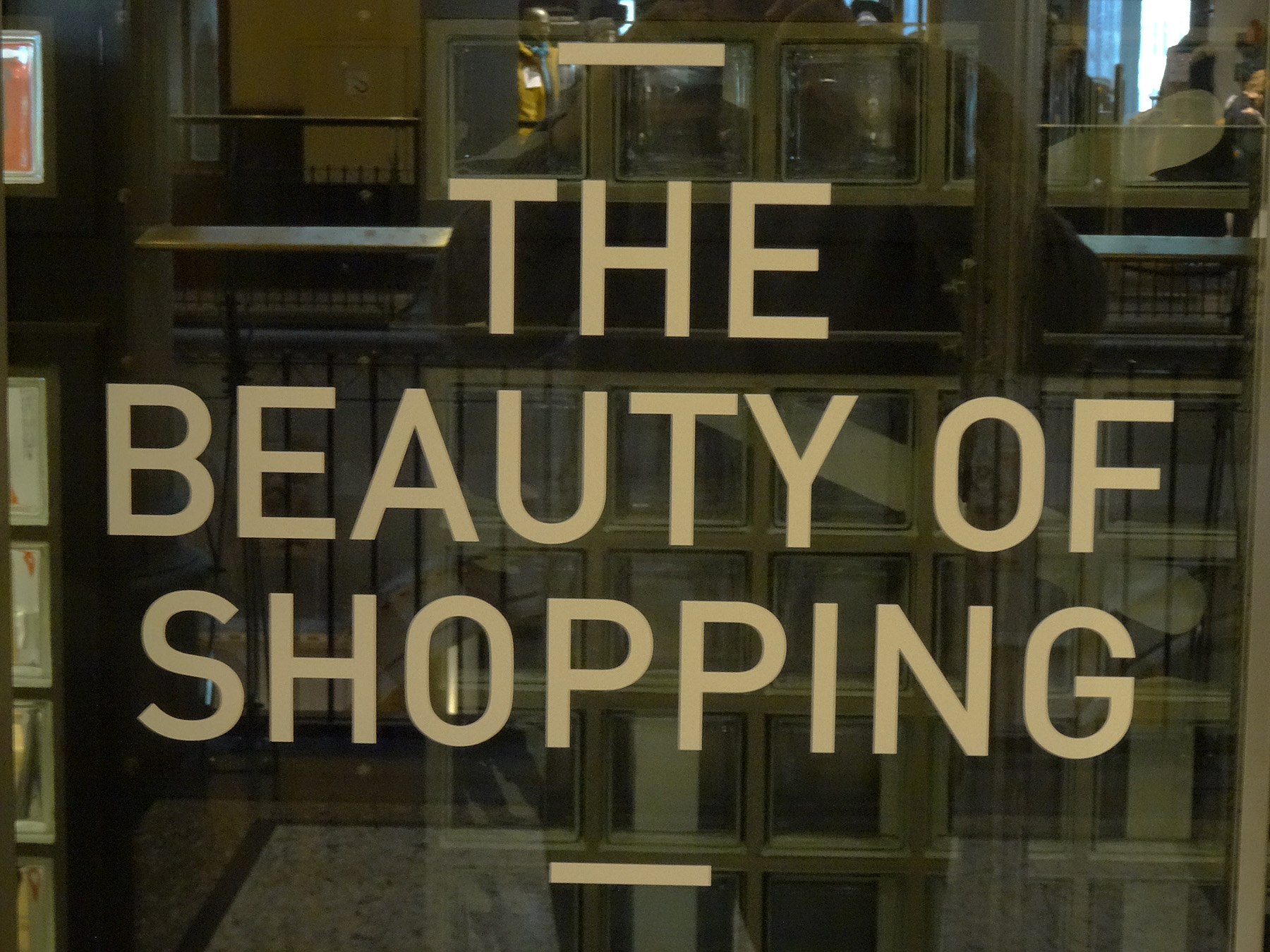 Black Friday can be seen as a perfect occasion for consumers to get their hands on a bargain. It is an opportunity to fulfil a rational need, for example if you were needing to replace a household appliance but were waiting until there was a good deal before committing to a purchase.
Black Friday can be seen as a perfect occasion for consumers to get their hands on a bargain. It is an opportunity to fulfil a rational need, for example if you were needing to replace a household appliance but were waiting until there was a good deal before committing to a purchase.
The assumption that people act rationally has been at the forefront of economic theory for decades. However, this has been questioned by the rise in behavioural economics. Rather than assuming that all individuals are ‘rational maximisers’ and conduct a cost–benefit analysis for every decision, behavioural economists mix psychology with economics by focusing on the human. As humans, we do not always behave rationally but, instead, we act under bounded rationality.
As economic agents, we make different decisions depending on our emotional state that differ from the ‘rational choice’ assumption. We are also influenced by our social networks and often make choices that provide us with immediate gratification. Given this, Black Friday can also be viewed as a great opportunity to fall prey to irrational and emotional shopping behaviours.
Black Friday originated in the USA and is the day after Thanksgiving. During this annual shopping holiday, retailers typically offer steep discounts to kick off the holiday season. The Black Friday shopping phenomenon is less than a decade old in the UK but it’s now an established part of the pre-Christmas retail calendar. Between 2010 and 2013, Black Friday gradually built up momentum in the UK. In 2014, Black Friday became the peak pre-Christmas online sales day and many online retailers haven’t looked back.
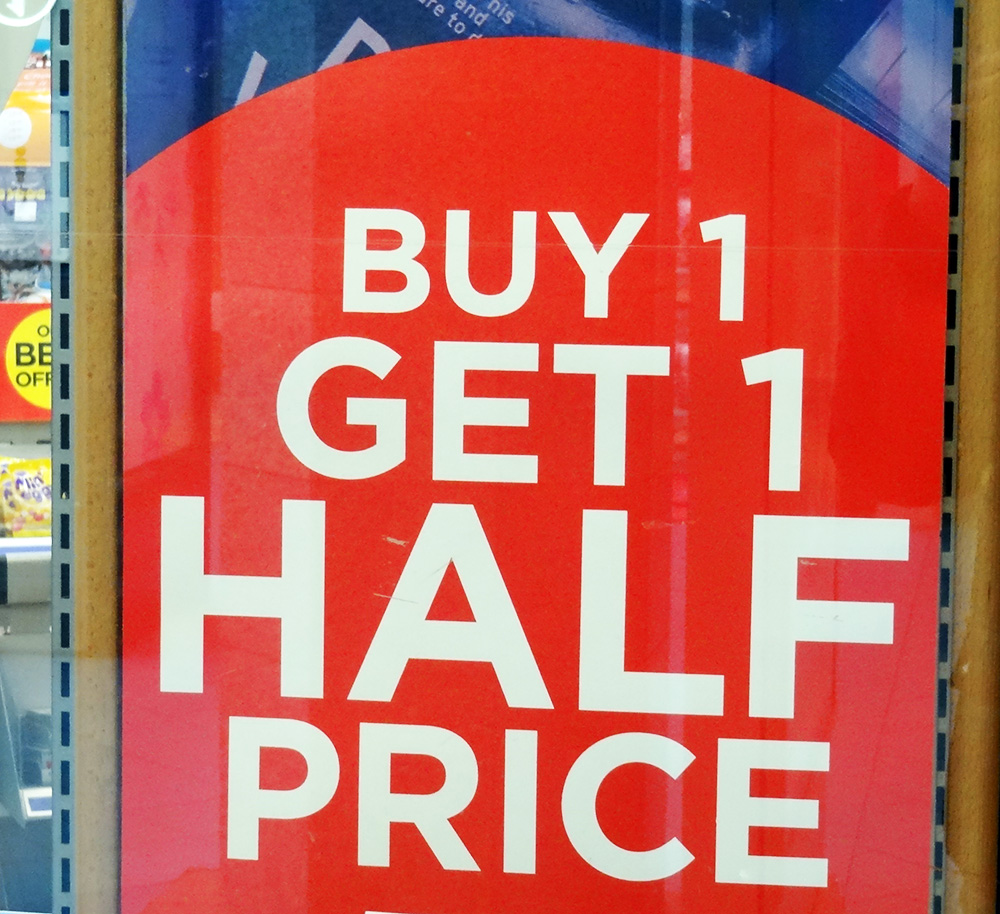 Arguably, from a behavioural economist’s perspective, the big problem with Black Friday is that all the reasons consumers possibly have to partake can be largely illusory. Consumers are bombarded with the promise of one-off deals, large discounts, scarce products, and an opportunity to get their holiday shopping done all at once. However, on Black Friday, our rational decision-making faculties are tested, just as stores are trying their hardest to maximise consumers’ mistakes.
Arguably, from a behavioural economist’s perspective, the big problem with Black Friday is that all the reasons consumers possibly have to partake can be largely illusory. Consumers are bombarded with the promise of one-off deals, large discounts, scarce products, and an opportunity to get their holiday shopping done all at once. However, on Black Friday, our rational decision-making faculties are tested, just as stores are trying their hardest to maximise consumers’ mistakes.
There are many ‘behavioural traps’ that consumers often fall into. The following two are most likely to occur on Black Friday:
- Scarcity and loss aversion. Shoppers may fear that they will miss out on the best sales deals available if they don’t buy it now. Retailers commonly spark consumers’ interest by highlighting limited stocks available for a limited time only, which raises the perceived value of these goods. This sense of scarcity can further trigger the need to buy now, increasing the ‘Fear of Missing Out’. Consumers therefore need to ask themselves if they are really missing out if they don’t buy it now? And is the discount worth spending the money today, or is there something else I should be spending it on or saving for?
- Sunk cost fallacy. Once consumers have started to invest, they often struggle to close out investments that prove unprofitable. On Black Friday, customers have already made the initial investment of getting up early, driving to the shops, finding parking and waiting in a queue, before they have purchased anything. Therefore, they will be inclined to buy more than they initially went for. It is important therefore to think about each purchase in isolation.
 This year, however, there is also the added complication of the rising cost of living. Whilst this may deter some consumers from unnecessary, impulse purchases, some consumers are using Black Friday as an opportunity to stock up on expected future purchases, hedging against likely price rises over the coming months.
This year, however, there is also the added complication of the rising cost of living. Whilst this may deter some consumers from unnecessary, impulse purchases, some consumers are using Black Friday as an opportunity to stock up on expected future purchases, hedging against likely price rises over the coming months.
It is thought that more consumers will be looking for a combination of high quality but low price to make sure their purchases are affordable and can last for a long time. According to PwC, many consumers have closely monitored their favourite brands in anticipation that big-ticket electronics, more pricey winter wear or Christmas stocking fillers will be discounted. Consumers are also in search of bargains more than ever given rising inflation. This would suggest a shift in attitude, meaning consumers will be more aware of what they cannot afford rather than giving in to emotional temptation brought on by Black Friday.
Retailers are fully aware of the cognitive biases that surround Black Friday and take full advantage of them. ‘Cyber Monday’ follows right after Black Friday, giving retailers an extra opportunity for them to keep those ‘urgent’ or ‘unmissable’ sales going and increase their revenues.
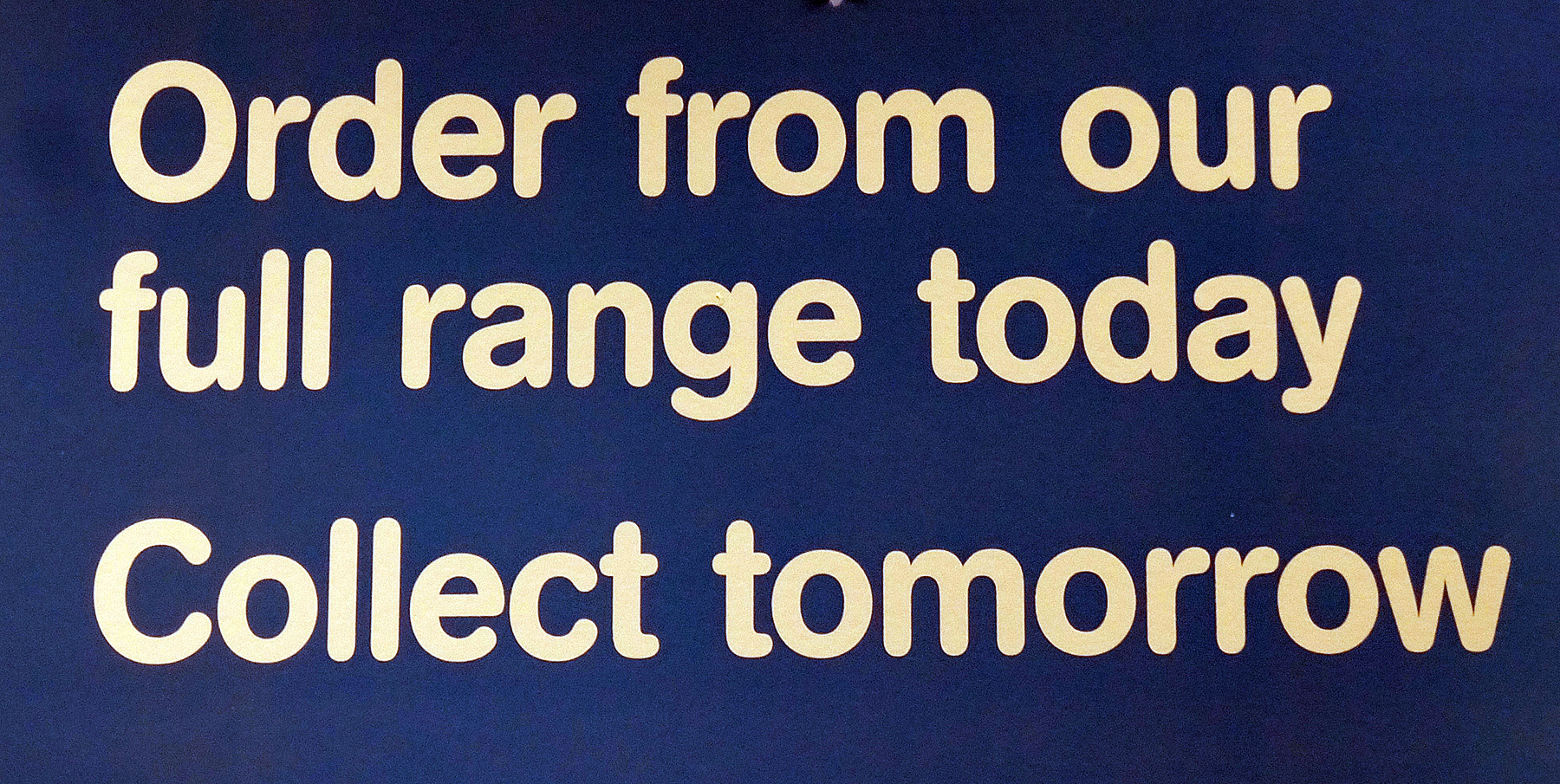 Black Friday is one of the biggest shopping days of the year. However, the way retailers approach it is growing increasingly mixed. Stores such as Amazon, Argos, Currys and John Lewis have started offering Black Friday deals much earlier in the month, leading some to refer to the event as ‘Black November’. Other stores, such as M&S and Next, didn’t take part at all this year.
Black Friday is one of the biggest shopping days of the year. However, the way retailers approach it is growing increasingly mixed. Stores such as Amazon, Argos, Currys and John Lewis have started offering Black Friday deals much earlier in the month, leading some to refer to the event as ‘Black November’. Other stores, such as M&S and Next, didn’t take part at all this year.
Ultimately, Consumers can use insights from behavioural economics to empower them to make more rational decisions in such circumstances: ones that better align with their individual budgets. Nevertheless, the Black Friday sales mania can trigger our deepest emotional and cognitive responses that lead to unnecessary spending.
Articles
Video
Questions
- Discuss what is meant by the term ‘rational consumer’. Is it a useful generalisation about the way consumers behave?
- Discuss what is meant by the term ‘rational producer’. Is it a useful generalisation about the way firms behave?
- What is cost–benefit analysis? What is the procedure used in conducting a cost–benefit analysis?
- In addition to scarcity and loss aversion and the sunk cost fallacy, are there any other reasons why consumers may not always act rationally?
- Are people likely to be more ‘rational’ about online Black Friday purchases than in-store ones? Explain.
 When making a decision, what happens if you do nothing: i.e. take no action? The answer is the default option. There is evidence that changing the default option for the same decision can sometimes have a big impact on the final choices people make. For example, when a person starts a new job, they often have to decide whether to contribute to the company’s pension scheme. The default option is typically for employees not to contribute. They have to do something actively (e.g. fill in an online form) to opt in to the scheme. An alternative is to change the default option so that employees are contributing to the pension. They now have to do something to opt out of the scheme.
When making a decision, what happens if you do nothing: i.e. take no action? The answer is the default option. There is evidence that changing the default option for the same decision can sometimes have a big impact on the final choices people make. For example, when a person starts a new job, they often have to decide whether to contribute to the company’s pension scheme. The default option is typically for employees not to contribute. They have to do something actively (e.g. fill in an online form) to opt in to the scheme. An alternative is to change the default option so that employees are contributing to the pension. They now have to do something to opt out of the scheme.
Changing the default should have no impact on people who behave in ways that are consistent with the rational choice model in economics. However, research by Madrian and Shea (2001) found that it had a big effect. When employees had to opt-in, 49 per cent enrolled in a company pension. When they had to opt out, the figure increased to 86 per cent.
Other research suggests that defaults can influence the likelihood of getting a flu jab, making healthier food choices, receiving e-mail marketing and choosing certain types of car insurance.
Organ donation
One policy area where the choice of default has become a topical issue is organ donation. In 2017, over 400 people died in the UK because it was impossible to find an appropriate donor. Could changing the default increase the number of donors?
The scheme that operates in England requires people to sign-up to the organ donor register: i.e. they have to opt in. Although 80 per cent of the public support organ donation less than 50 per cent ever get around to signing this register.
Parliament recently approved the Organ Donation Bill and the new law will come into effect in 2020. The default position will change so that people are automatically signed-up for organ donation. If they do not want to donate their organs, they will have to opt out of the register.
In December 2015, the devolved Welsh government introduced a similar scheme. Although it is quite early to give a full assessment of the policy, its impact has been smaller than many people had hoped.
Why have the initial results been disappointing? One potential downside with an opt-out scheme is that it may create greater uncertainty about someone’s true wishes. With an opt-in scheme, a relative takes a deliberate action to indicate their preference to be an organ donor. In England, approximately 10 per cent of families overrule the wishes of a relative who has actively signed the register.
With an opt-out scheme, family members may worry that their relative did not want to donate their organs but never found the time to take their name off the register. In 2017/18, families in Wales overruled the presumed consent of their relatives in 33 per cent of cases.
Some countries, such as Singapore and Austria, operate a ‘hard opt-out’ policy. In these schemes, families cannot overrule and this leads to high organ donor rates. However, this type of policy is unpopular with large sections of the electorate who feel it is over paternalistic.
Forcing people to make a choice
Is it possible to force people to make a choice and so reveal their preferences to others? This is a policy of active choice. For example, the government could make the issuing of a driving licence conditional on a people making a choice about whether or not to sign the organ donor register.
 This type of policy has been trialled in the USA with the take up of home delivered prescriptions. For the majority of people, there are clear advantages of choosing to have home delivered prescriptions rather than visiting a pharmacy – it is both cheaper and involves less time/hassle. However, the default option is to visit a pharmacy and one study found that only 6 per cent of people chose home delivered options. With the introduction of active choice, this figure increased to 42 per cent.
This type of policy has been trialled in the USA with the take up of home delivered prescriptions. For the majority of people, there are clear advantages of choosing to have home delivered prescriptions rather than visiting a pharmacy – it is both cheaper and involves less time/hassle. However, the default option is to visit a pharmacy and one study found that only 6 per cent of people chose home delivered options. With the introduction of active choice, this figure increased to 42 per cent.
Some have argued that it is socially undesirable to force people to make a choice. An alternative is simplified active choice – people can either make a choice or accept the default option.
Articles
Questions
- Explain why changing the default option should have no impact on people who behave in ways that are consistent with the rational choice model in economics.
- What is present bias? How does it differ from simple impatience? Explain how present bias might help to explain the impact of changing the default option.
- What is loss aversion? How does it differ from diminishing marginal utility? Explain how loss aversion might help to explain the impact of changing the default option.
- What are some of the limitations of using defaults in policy-making?
- Is active choice less paternalistic than changing the default option?
- Think of some reasons why someone may not want to make a choice.
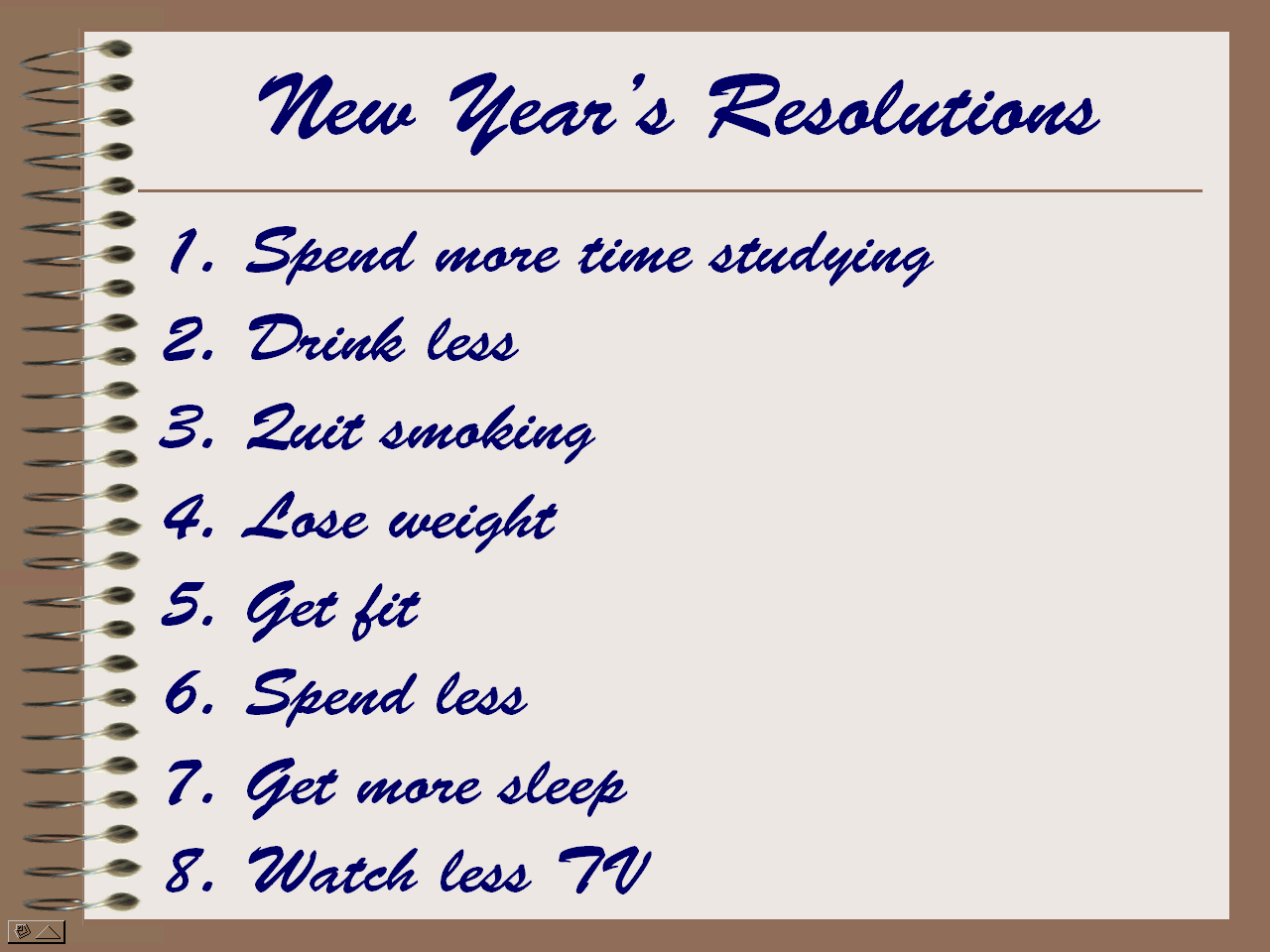 Many or us make New Year’s resolutions: going on a diet, doing exercise, spending more time studying. But few people stick to them, even though they say they would like to. So how can people be motivated to keep to their resolutions? Well, the experiments of behavioural economists provide a number of insights into the problem. They also suggest various incentives that can be used to motivate people to stick to their plans.
Many or us make New Year’s resolutions: going on a diet, doing exercise, spending more time studying. But few people stick to them, even though they say they would like to. So how can people be motivated to keep to their resolutions? Well, the experiments of behavioural economists provide a number of insights into the problem. They also suggest various incentives that can be used to motivate people to stick to their plans.
Central to the problem is that people have ‘time inconsistency’. They put a higher weight on the benefits of things that are good for them in the future and less weight on these benefits when they have to act now. You might strongly believe that going to the gym is good for you and plan to go next Monday. But when Monday comes, you can’t face it.
Another part of the time inconsistency problem is the relatively high weighting given to short-term gratification – eating chocolates, watching TV, spending time on social media, staying in bed.  When thinking about whether you would like to do these things in, say, a couple of days’ time, you put a low weight on the pleasures. But thinking about doing them right now, you put a much higher weight on them. As the well-known saying goes, ‘Hard work often pays off after time, but laziness pays off now’.
When thinking about whether you would like to do these things in, say, a couple of days’ time, you put a low weight on the pleasures. But thinking about doing them right now, you put a much higher weight on them. As the well-known saying goes, ‘Hard work often pays off after time, but laziness pays off now’.
So how can people be motivated to stick to their resolutions? Behavioural economists have studied various systems of incentives to see what works. Some of the findings are as follows:
|
|
| • |
People are generally loss averse. To get us to stick to New Year’s resolutions, we could devise a system of penalties for breaking them, such as paying 20p each time you swear! |
| • |
Given people’s time inconsistency, devising a system whereby you get treats after doing something you feel is good for you: e.g. watching TV for 30 minutes after you’ve done an hour’s revision. Rewards should follow effort, not precede them. |
| • |
Having simple clear goals. Thus rather than merely saying ‘I’ll eat less’, you devise a meal plan with menus that meet calorie and other dietary goals. Rather than saying, ‘I’ll exercise more’, you commit to going to the gym at specific times each week and doing a specific amount of each exercise. |
| • |
Ritualising. This is where you devise a regime that is feasible to stick to. For example, you could always write a shopping list to meet your dietary goals and then only buy what’s on that list; or you and your flatmates could have a rota for household chores. |
| • |
Social reinforcement. This is where people have a joint plan and help each other stick to it, such as going to the gym at specific times with a friend or group of friends, or joining a support group (e.g. to lose weight, or give up drinking or smoking). |
| • |
Avoiding temptation. For example, if you want to give up chocolate, don’t have any in the house. |
| • |
Using praise rather than criticism. People generally respond better to positive incentives than negative ones. |
Behavioural economists test these different incentive mechanisms to see what works best and then to see how they can be refined. The testing could be done experimentally, with volunteers being given different incentives and seeing how they respond. Alternatively, data could be collected on the effects of different incentive mechanisms that people have actually used, whether at home or at work.
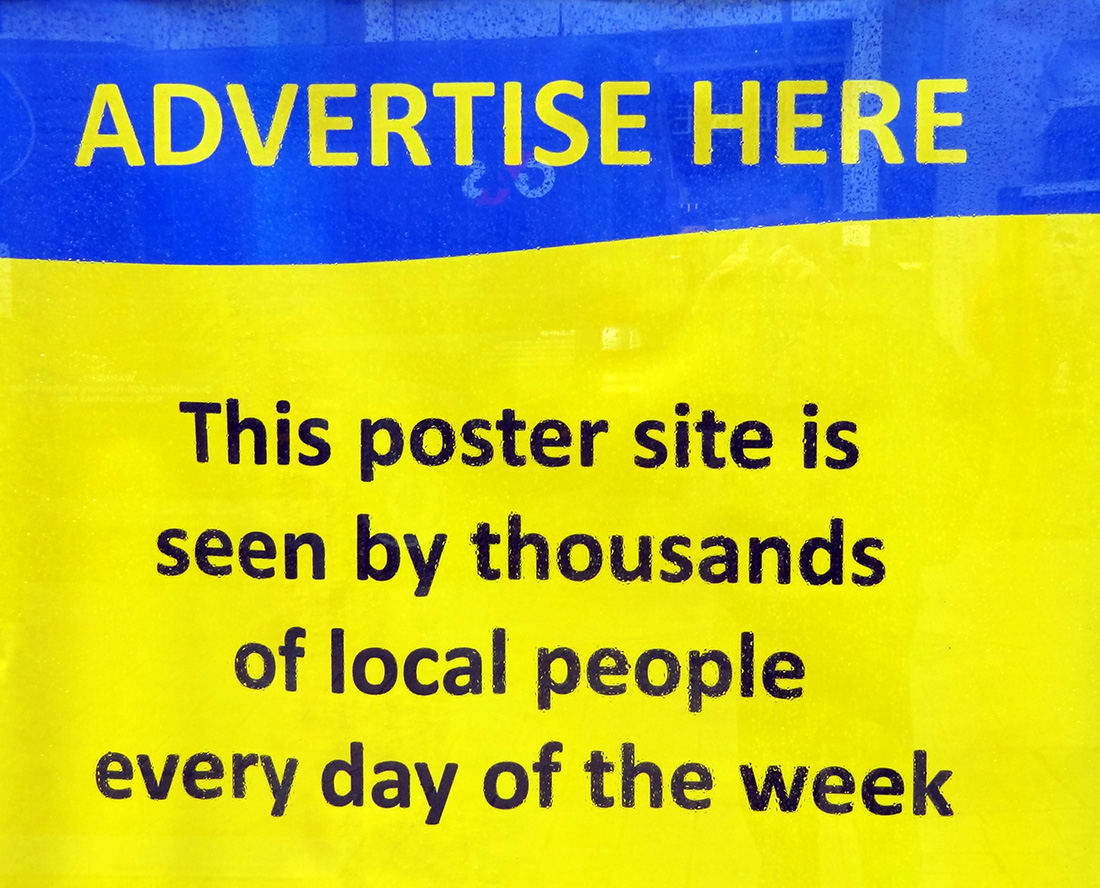 The advertising and marketing industry analyses consumer trends and how people respond to pricing, quality, display, packaging, advertising, etc. They want to understand human behaviour so that they can ‘direct’ it in their favour of their clients. Governments too are keen to find ways of encouraging people to do more of things that are good for them and less of things that are bad.
The advertising and marketing industry analyses consumer trends and how people respond to pricing, quality, display, packaging, advertising, etc. They want to understand human behaviour so that they can ‘direct’ it in their favour of their clients. Governments too are keen to find ways of encouraging people to do more of things that are good for them and less of things that are bad.
The UK government’s Behavioural Insights Team looks at ways people can be ‘nudged’ into changing their behaviour, see the blog A nudge in the right direction?
But back to New Year’s resolutions, have you made any? And, if so, have you thought about how you might stick to them? Have you thought about the incentives?
Podcast
 Dan Ariely talks “Payoff” WUNC 91.5: North Carolina Public Radio, Dan Ariely talks to Frank Stasio (3/1/17)
Dan Ariely talks “Payoff” WUNC 91.5: North Carolina Public Radio, Dan Ariely talks to Frank Stasio (3/1/17)
Articles and blogs
50 New Year’s Resolution Ideas and how to Achieve Each of Them Lifehack, Ivan Dimitrijevic (31/12/16)
5 New Year’s Resolutions You Can Keep (With The Help Of Behavioral Science Research) Forbes, Carmen Nobel (3/1/17)
The science behind keeping your New Year’s resolutions BT, SNAP PA (30/12/15)
The Guardian view on New Year resolutions: fitter, happier, more productive The Guardian, Editorial (3/1/17)
The Behavioral Economics of Your New Year’s Resolutions The Daily Beast, Uri Gneezy (5/1/14)
The psychology of New Year’s resolution The Conversation, Mark Griffiths (1/1/16)
Apply Behavioral Economics for a Better New Year Wharton Blog Network, William Hartje (16/1/14)
The Kardashians Can Help Your New Year’s Resolutions Huffington Post, John Beeby (29/12/16)
Using economics to score with New Year resolutions The Hindu, Venky Vembu (4/1/17)
Be It Resolved The New York Times, John Tierney (5/1/12)
Goal-setting site
stickK ‘Set your goals and achieve them!’
Questions
- Explain what is meant by time inconsistent behaviour. Is this the same as giving future costs and benefits a lower weighting than present ones (and hence having to discount future costs and benefits)?
- Give some examples of ways in which your own behaviour exhibits time inconsistency. Would it be accurate to describe this as ‘present bias’?
- Would you describe not sticking to New Year’s resolutions as ‘irrational behaviour’?
- Have you made any New Year’s resolutions, or do you have any plans to achieve goals? Could you alter your own personal incentives and, if so, how, to make it more likely that you will stick to your resolutions/goals?
- Give some examples of ways in which the government could ‘nudge’ us to behave in ways that were more in our own individual interests or those of society or the environment?
- Do you think it’s desirable that the advertising industry should employ psychologists and behavioural economists to help it achieve its goals?
 When building supply and demand models, the assumption is usually made that both producers and consumers act in a ‘rational’ way to achieve the best possible outcomes. As far as producers are concerned, this would mean attempting to maximise profit. As far as consumers are concerned, it would mean attempting to achieve the highest satisfaction (utility) from their limited budget. This involves a cost–benefit calculation, where people weigh up the costs and benefits of allocating their money between different goods and services.
When building supply and demand models, the assumption is usually made that both producers and consumers act in a ‘rational’ way to achieve the best possible outcomes. As far as producers are concerned, this would mean attempting to maximise profit. As far as consumers are concerned, it would mean attempting to achieve the highest satisfaction (utility) from their limited budget. This involves a cost–benefit calculation, where people weigh up the costs and benefits of allocating their money between different goods and services. Black Friday can be seen as a perfect occasion for consumers to get their hands on a bargain. It is an opportunity to fulfil a rational need, for example if you were needing to replace a household appliance but were waiting until there was a good deal before committing to a purchase.
Black Friday can be seen as a perfect occasion for consumers to get their hands on a bargain. It is an opportunity to fulfil a rational need, for example if you were needing to replace a household appliance but were waiting until there was a good deal before committing to a purchase.  Arguably, from a behavioural economist’s perspective, the big problem with Black Friday is that all the reasons consumers possibly have to partake can be largely illusory. Consumers are bombarded with the promise of one-off deals, large discounts, scarce products, and an opportunity to get their holiday shopping done all at once. However, on Black Friday, our rational decision-making faculties are tested, just as stores are trying their hardest to maximise consumers’ mistakes.
Arguably, from a behavioural economist’s perspective, the big problem with Black Friday is that all the reasons consumers possibly have to partake can be largely illusory. Consumers are bombarded with the promise of one-off deals, large discounts, scarce products, and an opportunity to get their holiday shopping done all at once. However, on Black Friday, our rational decision-making faculties are tested, just as stores are trying their hardest to maximise consumers’ mistakes. This year, however, there is also the added complication of the rising cost of living. Whilst this may deter some consumers from unnecessary, impulse purchases, some consumers are using Black Friday as an opportunity to stock up on expected future purchases, hedging against likely price rises over the coming months.
This year, however, there is also the added complication of the rising cost of living. Whilst this may deter some consumers from unnecessary, impulse purchases, some consumers are using Black Friday as an opportunity to stock up on expected future purchases, hedging against likely price rises over the coming months. Black Friday is one of the biggest shopping days of the year. However, the way retailers approach it is growing increasingly mixed. Stores such as Amazon, Argos, Currys and John Lewis have started offering Black Friday deals much earlier in the month, leading some to refer to the event as ‘Black November’. Other stores, such as M&S and Next, didn’t take part at all this year.
Black Friday is one of the biggest shopping days of the year. However, the way retailers approach it is growing increasingly mixed. Stores such as Amazon, Argos, Currys and John Lewis have started offering Black Friday deals much earlier in the month, leading some to refer to the event as ‘Black November’. Other stores, such as M&S and Next, didn’t take part at all this year. Black Friday: what are the economics behind the sales?
Black Friday: what are the economics behind the sales? When making a decision, what happens if you do nothing: i.e. take no action? The answer is the default option. There is evidence that changing the default option for the same decision can sometimes have a big impact on the final choices people make. For example, when a person starts a new job, they often have to decide whether to contribute to the company’s pension scheme. The default option is typically for employees not to contribute. They have to do something actively (e.g. fill in an online form) to opt in to the scheme. An alternative is to change the default option so that employees are contributing to the pension. They now have to do something to opt out of the scheme.
When making a decision, what happens if you do nothing: i.e. take no action? The answer is the default option. There is evidence that changing the default option for the same decision can sometimes have a big impact on the final choices people make. For example, when a person starts a new job, they often have to decide whether to contribute to the company’s pension scheme. The default option is typically for employees not to contribute. They have to do something actively (e.g. fill in an online form) to opt in to the scheme. An alternative is to change the default option so that employees are contributing to the pension. They now have to do something to opt out of the scheme. This type of policy has been trialled in the USA with the take up of home delivered prescriptions. For the majority of people, there are clear advantages of choosing to have home delivered prescriptions rather than visiting a pharmacy – it is both cheaper and involves less time/hassle. However, the default option is to visit a pharmacy and one study found that only 6 per cent of people chose home delivered options. With the introduction of active choice, this figure increased to 42 per cent.
This type of policy has been trialled in the USA with the take up of home delivered prescriptions. For the majority of people, there are clear advantages of choosing to have home delivered prescriptions rather than visiting a pharmacy – it is both cheaper and involves less time/hassle. However, the default option is to visit a pharmacy and one study found that only 6 per cent of people chose home delivered options. With the introduction of active choice, this figure increased to 42 per cent.

